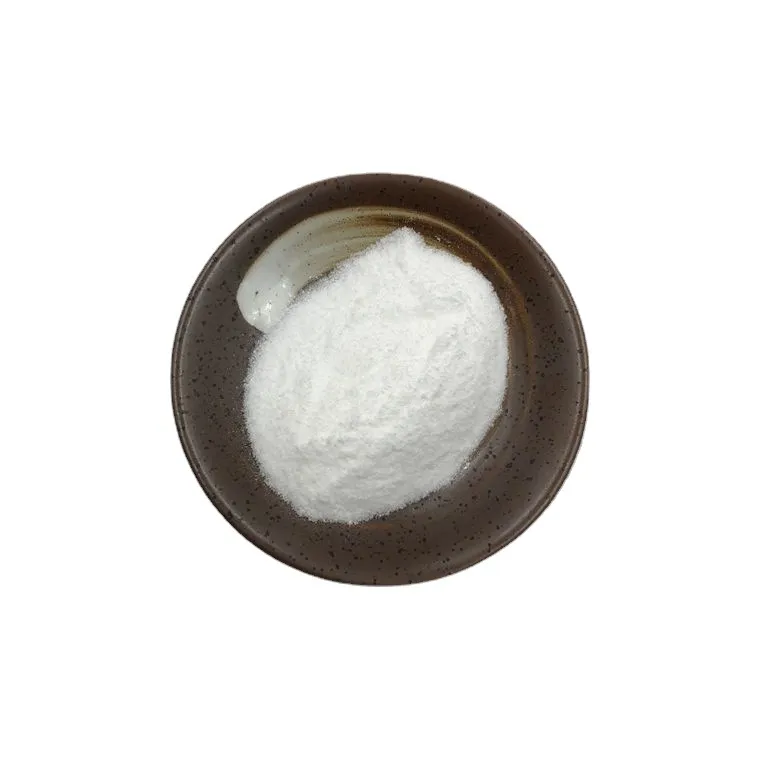Warning: Undefined array key "title" in /home/www/wwwroot/HTML/www.exportstart.com/wp-content/themes/1198/header.php on line 6
Warning: Undefined array key "file" in /home/www/wwwroot/HTML/www.exportstart.com/wp-content/themes/1198/header.php on line 7
Warning: Undefined array key "title" in /home/www/wwwroot/HTML/www.exportstart.com/wp-content/themes/1198/header.php on line 7
Warning: Undefined array key "title" in /home/www/wwwroot/HTML/www.exportstart.com/wp-content/themes/1198/header.php on line 7
- Afrikaans
- Albanian
- Amharic
- Arabic
- Armenian
- Azerbaijani
- Basque
- Belarusian
- Bengali
- Bosnian
- Bulgarian
- Catalan
- Cebuano
- China
- China (Taiwan)
- Corsican
- Croatian
- Czech
- Danish
- Dutch
- English
- Esperanto
- Estonian
- Finnish
- French
- Frisian
- Galician
- Georgian
- German
- Greek
- Gujarati
- Haitian Creole
- hausa
- hawaiian
- Hebrew
- Hindi
- Miao
- Hungarian
- Icelandic
- igbo
- Indonesian
- irish
- Italian
- Japanese
- Javanese
- Kannada
- kazakh
- Khmer
- Rwandese
- Korean
- Kurdish
- Kyrgyz
- Lao
- Latin
- Latvian
- Lithuanian
- Luxembourgish
- Macedonian
- Malgashi
- Malay
- Malayalam
- Maltese
- Maori
- Marathi
- Mongolian
- Myanmar
- Nepali
- Norwegian
- Norwegian
- Occitan
- Pashto
- Persian
- Polish
- Portuguese
- Punjabi
- Romanian
- Russian
- Samoan
- Scottish Gaelic
- Serbian
- Sesotho
- Shona
- Sindhi
- Sinhala
- Slovak
- Slovenian
- Somali
- Spanish
- Sundanese
- Swahili
- Swedish
- Tagalog
- Tajik
- Tamil
- Tatar
- Telugu
- Thai
- Turkish
- Turkmen
- Ukrainian
- Urdu
- Uighur
- Uzbek
- Vietnamese
- Welsh
- Bantu
- Yiddish
- Yoruba
- Zulu
Nov . 06, 2024 19:27 Back to list
Comparison of Sucralose and Aspartame Sweeteners in Food and Health Impact
The Sweet Debate Sucralose vs. Aspartame
In the realm of artificial sweeteners, sucralose and aspartame stand out as two of the most widely used options. Both provide a sweetness that is substantially higher than that of sucrose (table sugar) but have unique properties, health implications, and public perceptions that set them apart. This article delves into the characteristics, uses, controversies, and health effects of these two popular sugar substitutes.
Understanding Sucralose
Sucralose is a chlorinated derivative of sucrose, discovered in 1976 and approved for use by the FDA in 1998. It is often marketed under the brand name Splenda. What makes sucralose particularly attractive is its high sweetness level—approximately 600 times sweeter than sugar—without the calories, making it a popular choice for those looking to reduce sugar intake or manage weight.
Sucralose is heat-stable, which makes it suitable for cooking and baking, unlike many alternative sweeteners. This property allows manufacturers to incorporate it into a variety of products, from baked goods to beverages. It has gained favor among consumers seeking lower-calorie options due to its pleasant taste profile, which is often described as having a sugar-like sweetness without the bitter aftertaste that some other sweeteners exhibit.
Aspartame An Overview
Aspartame, discovered in 1965, is another high-intensity sweetener used globally in a wide range of food and beverage products. It is approximately 200 times sweeter than sucrose. Aspartame consists of two amino acids—phenylalanine and aspartic acid—along with a methyl ester. It is commonly found in diet sodas, sugar-free gum, and various low-calorie food products.
sucralose et aspartame

While aspartame is praised for its low-calorie content, it is not heat-stable, which limits its use in cooking and baking. Consumers often appreciate aspartame for its ability to replicate the taste of sugar closely without the calories, making it a staple in the diet food industry. However, the use of aspartame has been shrouded in controversy, with debates regarding its safety and health effects.
Health Controversies and Safety
Both sweeteners have faced scrutiny over their health implications. Sucralose, while largely considered safe by regulatory bodies including the FDA and the World Health Organization (WHO), has been scrutinized by some studies suggesting it may alter gut microbiota or lead to other metabolic changes. However, these findings are not conclusive, and the majority of research continues to endorse sucralose as a safe choice for most people.
Aspartame, on the other hand, has been the subject of more intensive public debate. While organizations like the FDA, WHO, and the European Food Safety Authority have deemed aspartame safe for consumption, there are ongoing concerns primarily related to individuals with phenylketonuria (PKU)—a rare hereditary condition in which the body cannot properly metabolize phenylalanine, one of aspartame’s components. Some studies have suggested potential links between aspartame and various health issues, including headaches and an increased risk of certain cancers, although substantial comprehensive studies fail to support these claims definitively.
Consumer Preferences and Market Trends
Consumer preferences often dictate the market landscape for sweeteners. In recent years, there has been a growing trend towards natural alternatives, such as stevia and monk fruit extract, which are perceived as healthier and more natural than synthetic sweeteners like sucralose and aspartame. However, many individuals still prefer these artificial sweeteners for their taste and versatility.
In summary, sucralose and aspartame each offer unique benefits and considerations. While both provide an effective means of achieving sweetness without the calories associated with sugar, they also carry different implications for health and wellness. Understanding their properties, safety, and public perception can empower consumers to make informed choices about their dietary preferences. As ongoing research continues to shed light on artificial sweeteners, the debate surrounding sucralose and aspartame will likely persist, shaping dietary habits and product formulations for years to come.
Latest news
-
Certifications for Vegetarian and Xanthan Gum Vegetarian
NewsJun.17,2025
-
Sustainability Trends Reshaping the SLES N70 Market
NewsJun.17,2025
-
Propylene Glycol Use in Vaccines: Balancing Function and Perception
NewsJun.17,2025
-
Petroleum Jelly in Skincare: Balancing Benefits and Backlash
NewsJun.17,2025
-
Energy Price Volatility and Ripple Effect on Caprolactam Markets
NewsJun.17,2025
-
Spectroscopic Techniques for Adipic Acid Molecular Weight
NewsJun.17,2025

